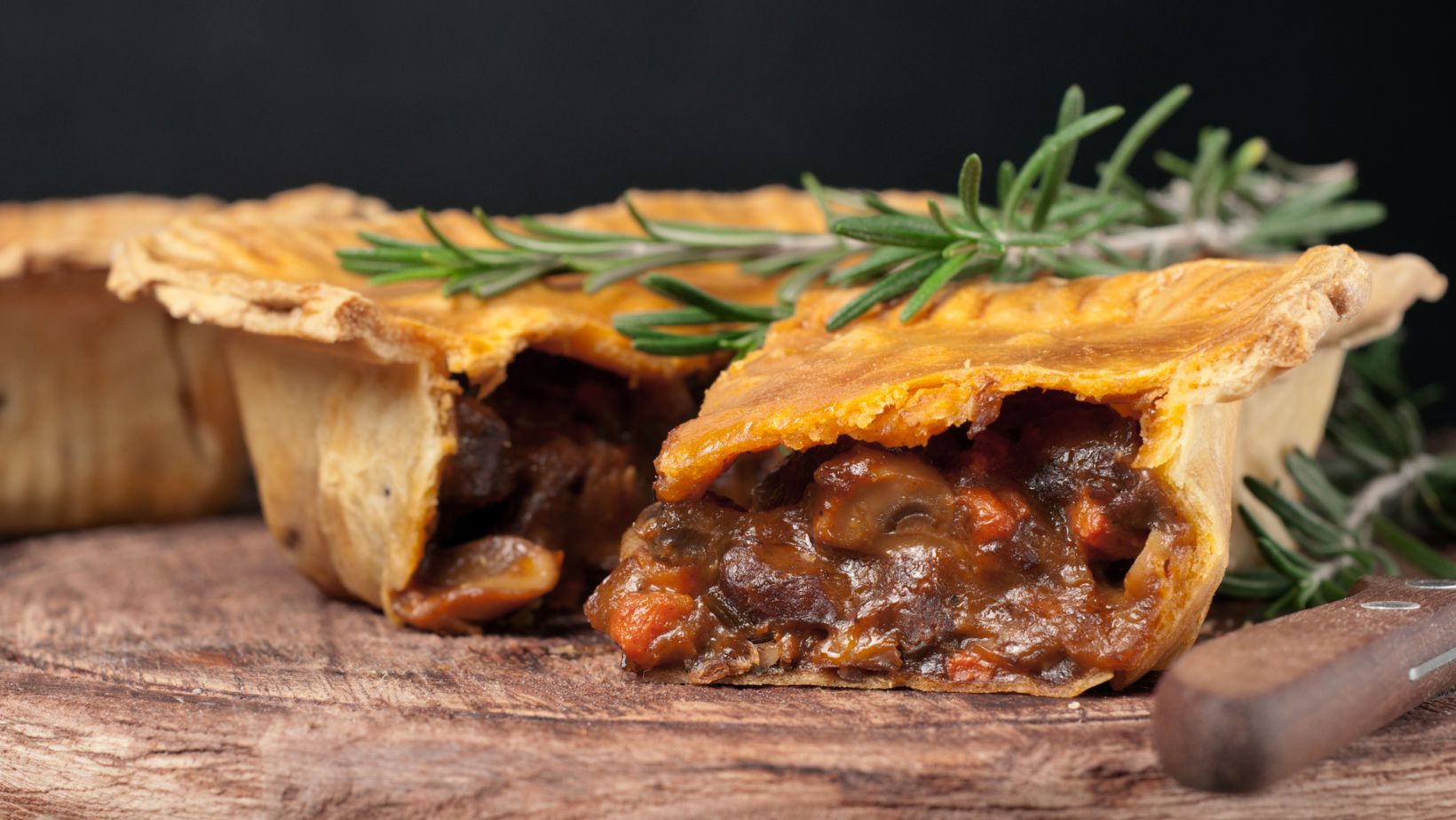Dry heat cooking |

Dry heat cooking is a method of cooking in which the food is cooked with dry heat rather than moist heat. This method generally uses higher temperatures and shorter cook times, but it can also be used to cook foods that are normally boiled or steamed.
Moist heat cooking is a technique that uses moist heat to cook food. This method of cooking is typically used for dishes like soups, sauces, and stews.
The following are the five kinds of dry heat cooking:
Using a broiler or a pan-broiler
sauteeing
frying in oil
frying on the stove
preparing to roast (baking)
High heat and minimal moisture are used in dry heat cooking techniques. Cooking is not completely dry, despite the term, since all meat has a significant amount of moisture that aids in the cooking process.
Because additional moisture lowers the high cooking temperature, wiping the shellfish completely with a paper towel immediately before cooking or, if fried with breading, before adding the coating is always a good idea.
Grilling (barbecuing) and broiling are the hottest dry cooking methods. Brush a thin layer of oil on the grill or broiler pan to prevent sticking, and do the same with the meat for additional protection.
The high heat browns the surface of your meat quickly (with a little assistance from the brushed-on oil). The top color is a rich caramel brown or, if you’re not cautious, charcoal black by the time you cook the interior.
On the grill or under the broiler, never flip the meat more than once. This reduces handling and results in beautiful grill marks. Decide how long you want to cook one side, set your timer, and don’t look until the timer goes off. Set the timer again after quickly flipping the item over. You may now prepare to take the interior temperature reading.
Skewer smaller chunks of meat while grilling. To flip skewered meat, keep thick work gloves near the grill.
Pan-broiling, which is comparable to grilling or broiling, is a fast and simple method to prepare meat. Place the meat in a heavy, prepared skillet over medium heat to pan-broil it. Cook the beef without using any water or oil on a heated surface, rotating just once. This is a fantastic method for cooking steaks and ground beef patties. To avoid sticking, some chefs put salt on the pan before adding the meat.
The meat may initially cling to the pan, but if you remove it from the pan as soon as possible, the fat and fluids from the flesh will prevent it from adhering again.
Oil is used in sautéing, deep-frying, and stir-frying. On high heat, sauté beef in a little quantity of grease. Sautéing is simple, non-messy, and fast, and the meat absorbs very little fat.
To ensure uniform browning and prevent sticking, keep the pan moving. If you want to serve the meat with a sauce, you may start with what’s left in the pan: the strongly flavorful oil, some deeply browned food particles, and perhaps some juice.
Add a splash of wine, stock, or even water to deglaze it. The liquid dissolves the particles, and you have a sauce in less than a minute.
Both deep-frying and stir-frying are high-heat cooking techniques. The difference is in the quantity of oil used—enough for deep frying, but just enough to cover the bottom of the pan or wok for stir-frying.
Deep-frying absorbs more fat than any other cooking technique, however if done correctly, fat absorption may be reduced. Deep-fried food of any sort is delicious, but deep-frying at home is inconvenient.
A dry-heat cooking method using hot air is one of the following dry-heat cooking methods. The other three are boiling, steaming, and frying. Reference: which of the following is a dry-heat cooking method using hot air.
Frequently Asked Questions
What are the 7 dry heat cooking methods?
The 7 dry heat cooking methods are as follows:
What is dry heat cooking and which foods are best suited for it?
Dry heat cooking is a type of cooking that uses dry heat sources like an oven, grill, or stove top to cook food. Foods best suited for this type of cooking are those that can be cooked at high temperatures and low moisture content.
What are the advantages and disadvantages of dry heat cooking?
The advantages and disadvantages of dry heat cooking are that it is quick, easy, and efficient. Dry heat cooking can also be used in many different dishes such as rice, pasta, vegetables, and meats.
Related Tags
- is broiling a dry-heat method
- which is not a dry-heat cooking method
- combination cooking methods
- dry heat method examples
- dry heat method recipes vegetables





